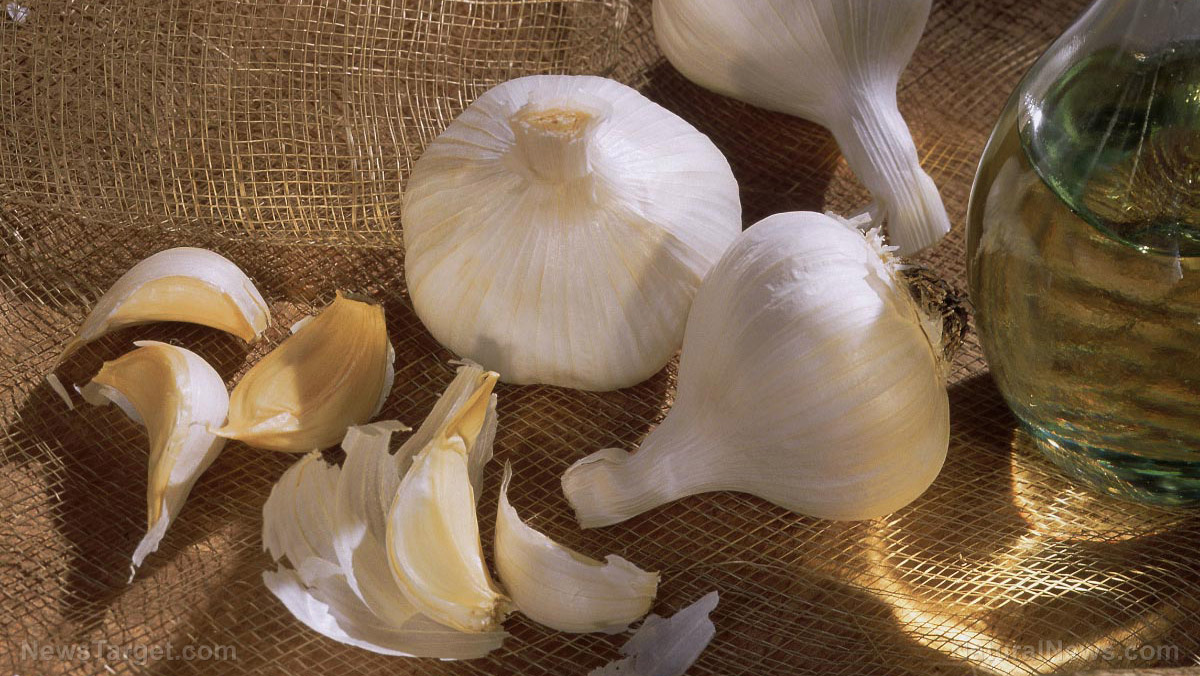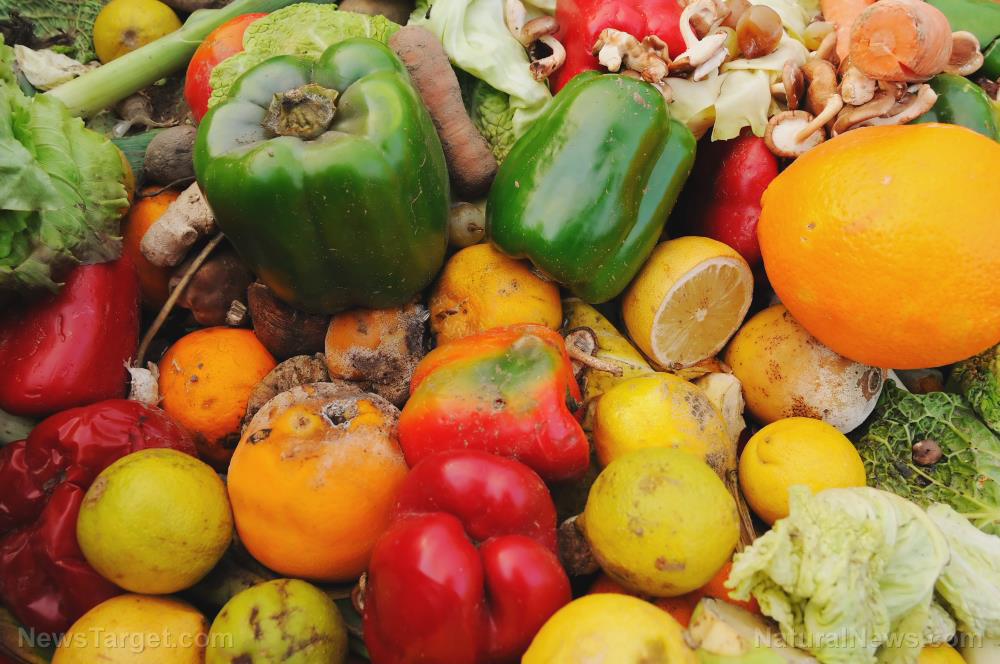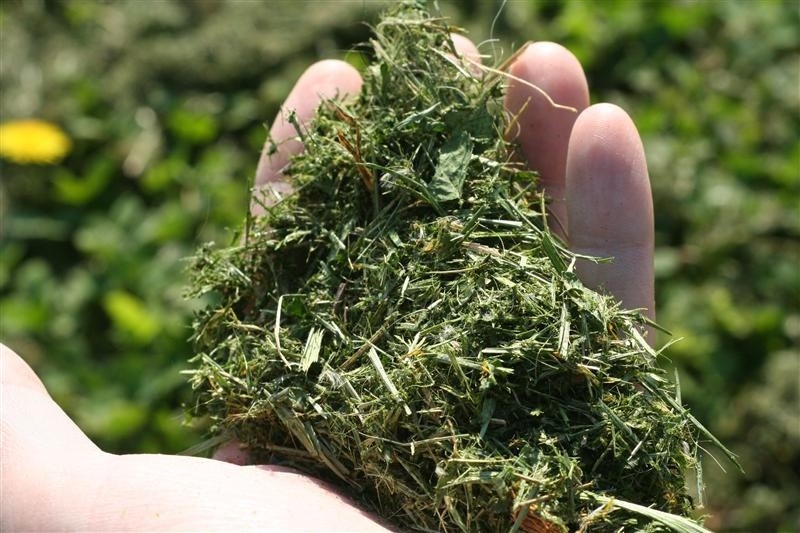19 Common plants that are edible and can help you survive in the wild
07/20/2018 / By Janine Acero

To be stranded in the wilderness is probably one of the worst things that could happen to anyone. It’s easily conceivable that you’ll go around in circles looking for the nearest settlement, all the while running out of strength and food. But the wilderness isn’t so barren after all – we know plants and animals survive in it.
What if you find yourself stranded in the wilderness? The surrounding vegetation is the first thing that will probably catch your eye as your stomach growls in distress. But there are different types of plants out there – some will keep you alive and healthy, while some will send you straight to the hospital, or worse, your deathbed.
Before your mouth waters in anticipation for the greens that you can eat in the wild, it is best to familiarize yourself with the right kinds of plants to forage and the ones to avoid like the plague. If you see any of the following characteristics in a plant you’ve encountered, start walking in the opposite direction – these are common traits of toxic plants:
- Milky or discolored sap
- Spines, fine hairs, or thorns
- Beans, bulbs, or seeds inside pods
- Bitter or soapy taste
- Dill, carrot, parsnip, or parsley-like foliage
- “Almond” scent in the woody parts and leaves
- Grain heads with pink, purplish, or black spurs
- Three-leaved growth pattern
Many toxic plants will exhibit one or more of the above traits. However, some of them can also be found on wild edibles. It is still best to be cautious of any plant you see in the wilderness – these characteristics are just overviews for you to consider if you’re unsure of what you’re dealing with.
Below are 19 of the most common greens you’ll see in the wilderness which you can pick and eat:
- Amaranth – This is an edible weed found on most continents, but native in the Americas. You can eat all parts of the plant but be wary of some spines on the leaves. The leaves contain oxalic acid which can be extracted by boiling, but they can be eaten raw in the wild.
- Asparagus – Found in most of Europe and parts of North Africa, West Asia, and North America, the wild asparagus has a much thinner stalk than the grocery-store variety. You can boil it like you would at home or eat it raw.
- Burdock – This medium- to large-sized plant has big leaves and purplish, thistle-like flower heads. A popular food in Japan, the burdock is native in the temperate areas of the Eastern Hemisphere and parts of Western Hemisphere. Aside from its bitter leaves, its root can also be peeled, boiled, and eaten.
- Cattail – Also called by other names such as punks, bullrush, and reedmace, cattails are often found in near the edges of freshwater wetlands. You can eat most parts of this plant – its leaves, stem, rootstock, and the corn dog-looking flower spike that actually tastes like corn.
- Clovers – These plants do bring good luck after all; they are edible and can be found in almost any open grassy area.
- Chicory – You can eat this entire bushy plant, including its small, blue, lavender and white flowers. It grows in Europe, North America and Australia.
- Chickweed – This herb lives in temperate and arctic zones. You can eat the vitamin-rich leaves of this plant.
- Curled dock – Found in Europe, North America, South America, and Australia, its characteristic red stalk can reach up to three feet in height. You can eat the stalk raw or boiled.
- Dandelion – This little plant is entirely edible, but the leaves are best eaten when young. (Related: Dandelion: Your medicinal powerhouse go-to herb for spring cleansing.)
- Field pennycress – This is a type of weed that grows in early spring and late winter. True to its nature, this weed can be found in most parts of the world. Its seeds and leaves are edible, but avoid picking those growing in contaminated soil such as the roadside; it is known to suck up all minerals around it, including contaminants in the soil.
- Fireweed – This plant is found in the Northern Hemisphere, identified by its purple flowers and uniquely designed leaves (the veins are circular). It is best to eat its leaves while they’re tender and young.
- Green seaweed – Found in oceans all over the world, this seaweed is the perfect lifesaver.
- Kelp – This is another type of seaweed that grows in most parts of the world. It is a great source of folate, vitamin K, and lignans.
- Platain – This plant can be found in marshes and bogs all over the world and has been a source of food and herbal remedy for millennia. It is best to eat its leaves young, like in many plants. It is rich in vitamin A and calcium.
- Prickly pear cactus – This is a tasty plant found in the desserts of North America. Its fruit looks like a red or purplish pear with small spines on the skin. Carefully remove the spines before eating them.
- Purslane – This plant is one of Ghandi’s favorite foods. It’s a small plant with smooth fat leaves that have a sour taste.
- Sheep sorrel – This plant is native to Europe and Asia but is also found in North America. It’s a common weed in fields, grasslands, and woodlands, and can grow in highly acidic soil. Its leaves can be eaten raw, with a tart, lemony flavor.
- White mustard – You can eat all parts of this plant, blooming all over the world between February and March.
- Wood sorrel – This flowering plant has been a great source of food for Kiowa Indians and Cherokee for millennia. It can alleviate thirst and cure mouth sores. This species is found in all parts of the world but is particularly abundant in South America. Their roots taste like potato when boiled.
Sources include:
Tagged Under: homesteading, off grid, Plants, prepping, survival, survival food, toxic plants, Wild, wilderness



















